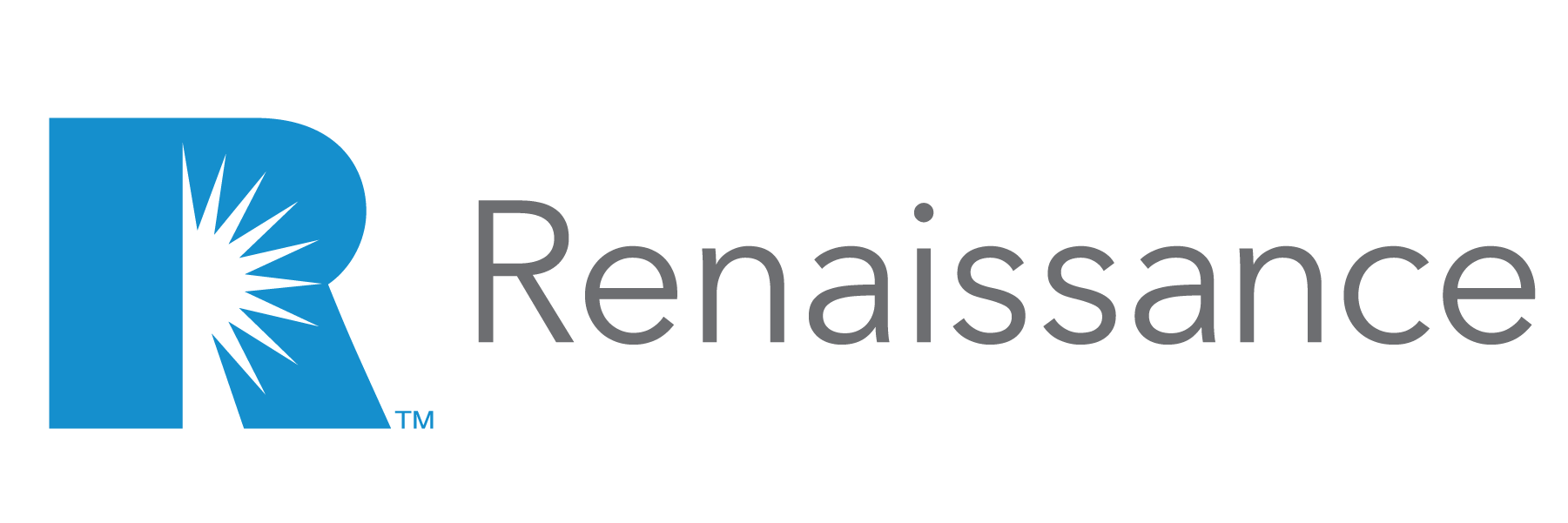As the Property & Casualty insurance business model continues to evolve, experienced independent agents are eager to remain competitive, striving to stay in step as the pace of change only continues to accelerate.
While innovation, digitalization, and changing customer expectations have created new opportunities, they have also introduced a host of challenges for established independent agencies. Built on decades of trust and personal relationships, those businesses now find themselves in a complex and rapidly evolving business landscape.
Throughout 2025, these challenges will continue to test the resilience and adaptability of independent agencies.
Operational Inefficiencies
Established independent agencies, particularly those that have been in business for decades, often face operational inefficiencies that can hinder growth and profitability. These agencies may rely on outdated software systems, manual processes, and siloed workflows that create redundancies and slow down operations.
For instance, manually handling policy renewals, tracking commissions, or processing claims can take up a considerable amount of time, reducing the agency’s overall productivity. Without efficient operations, independent agencies may struggle to deliver the speed and service that clients demand.
Changing Customer Expectations
 In 2025, customer expectations are evolving at an unprecedented rate. The modern consumer is more tech-savvy than ever before and demands a seamless, fast, and digital-first experience. They want transparency, instant access to information, and 24/7 customer service.
In 2025, customer expectations are evolving at an unprecedented rate. The modern consumer is more tech-savvy than ever before and demands a seamless, fast, and digital-first experience. They want transparency, instant access to information, and 24/7 customer service.
For independent agencies, meeting these demands can be a significant operational challenge.
Historically, independent agencies have relied on in-person meetings and phone calls to build relationships and service clients. While this model has worked well in the past, it’s no longer sufficient in a world where consumers expect instant access to information and digital convenience. Agencies need to provide timely quote comparisons, access to policy details, and communication through multiple channels, including e-mail, chatbots, and social media.
However, incorporating these technologies often requires significant investment in software, infrastructure, and training. Smaller independent agencies may struggle to afford the necessary tools, or may find it difficult to hire and retain tech-savvy employees who can manage the transition – that is, if they can find good help at all.
Talent Acquisition and Retention
As independent agencies continue to face technological disruption and an increasingly competitive market, finding and retaining the right talent has become more challenging.
Millennials and Gen Z employees, who are now entering the workforce, expect flexibility, career development opportunities, and a strong technological infrastructure. Independent agencies, especially those that are more traditional in nature, may struggle to meet these expectations.
Increasing Competition from Insurtechs and Larger Carriers
One of the most significant challenges faced by independent insurance agencies is increased competition from insurtech startups that seek to disintermediate them.
With their innovative use of technology, data analytics, and artificial intelligence, insurtechs are focused on disrupting the traditional insurance model. These digital-first companies often provide more streamlined, user-friendly experiences, enabling customers to buy policies with minimal effort.
Companies like Lemonade, Root Insurance, and Metromile are prime examples of how insurtechs are shaking up the insurance space.
- Lemonade, for example, uses artificial intelligence and chatbots to handle everything from policy creation to claims processing, enabling them to offer customers a faster and more transparent experience. By leveraging AI to assess claims and minimize fraud, Lemonade has been able to offer lower rates on a variety of P&C insurance coverage, which is particularly appealing to cost-conscious consumers.
- Root Insurance takes things a step further by using telematics and data analytics to offer personalized car insurance based on a customer’s driving behavior, creating a more tailored and competitive pricing model.
- Metromile offers pay-per-mile insurance, which uses a connected device to track mileage and determine premiums. Acquired by fellow insurtech Lemonade in 2022, Metromile disrupts the traditional “one-size-fits-all” approach to car insurance and appeals to low-mileage drivers who would otherwise overpay for insurance.
These competitors can offer greater convenience, faster service, and more personalized coverage options compared to traditional agencies. For independent agencies, competing with the sleek, tech-driven services of these companies while maintaining their personalized service can be a difficult equation to balance.
At the same time, well-funded direct-writing carriers, with their vast resources and established reputations, continue to expand their digital offerings, making it easier for consumers to purchase policies online.
This leaves independent agencies in a difficult position: how can they compete with both the cutting-edge technology of insurtechs and the established presence of national brands?
For independent agencies, adapting to these changes is not just about adopting new technology but about maintaining a high level of personalized service. Many customers still prefer the personal touch that an independent agency can offer, but the challenge lies in balancing this with the digital experience and speedy service that customers now expect.
Without the right technological infrastructure, independent agencies risk falling behind in this competitive race.
How Joining an Agency Network Can Help
 Given these myriad challenges, independent insurance agencies need to find a way to stay competitive, improve their operational efficiency, and meet customer expectations without compromising on the quality of service they provide.
Given these myriad challenges, independent insurance agencies need to find a way to stay competitive, improve their operational efficiency, and meet customer expectations without compromising on the quality of service they provide.
One effective solution is to join a network of fellow independent insurance agencies. Agency networks provide a variety of benefits that help agencies overcome the obstacles posed by competition, technology, and other factors.
Access to Technology and Resources
Joining a network gives independent agencies access to cutting-edge technology and infrastructure that might otherwise be out of reach. The more valuable networks offer proprietary software platforms that streamline operations, improve customer service, and allow for better data management. These platforms often include tools for quoting, claims processing, and customer relationship management, which can save agencies hours of valuable time.
Some agency networks will even offer placement services, staffed with experts in finding the ideal solution for even the hardest-to-place risks.
By tapping into these resources, agencies can provide the digital experience that customers demand while maintaining the personalized service they’re known for.
Collective Buying Power & Competitive Advantage
One of the key advantages of joining an insurance network is the ability to leverage collective buying power. Independent agencies, when acting alone, may struggle to negotiate competitive commission rates or secure favorable terms with insurers – even when they possess a sizeable book of business.
As part of a larger network, however, agencies can gain access to better rates and enhanced profit sharing. This collective strength empowers independent agencies to compete more effectively with larger carriers and insurtechs, who benefit from their own economies of scale.
In short, agency networks level the playing field for independent agencies, allowing them to offer their clients a broader range of products at competitive prices.
Operational Efficiency & Support
Agency networks can provide operational support, including back-office functions such as marketing, billing and invoicing, and website design. This reduces the administrative burden on individual agencies, freeing up time for them to focus on client relationships and revenue growth.
Talent Acquisition & Retention
While attracting and retaining top talent remains challenging even for the savviest agency principals, those who are part of a network have the advantage of being able to share best practices in hiring with fellow member agencies. Learning what has worked for other members helps enormously in solving this ongoing issue, in addition to other operational challenges.
The challenges facing independent insurance agencies in 2025 are significant, but by joining an agency network, you can access the resources, technology, and support needed to remain competitive, improve operational efficiency, and meet the evolving demands of your customers.
For established agencies looking to thrive in an increasingly complex industry, joining a network is a strategic move that can provide a competitive advantage to help ensure long-term success.







